
Don’t miss the latest issue of INSIGHT, APPEL Knowledge Services’ online publication featuring our new podcast episodes, columns, articles, lessons learned and more. We invite you to read it today on our website.

Don’t miss the latest issue of INSIGHT, APPEL Knowledge Services’ online publication featuring our new podcast episodes, columns, articles, lessons learned and more. We invite you to read it today on our website.
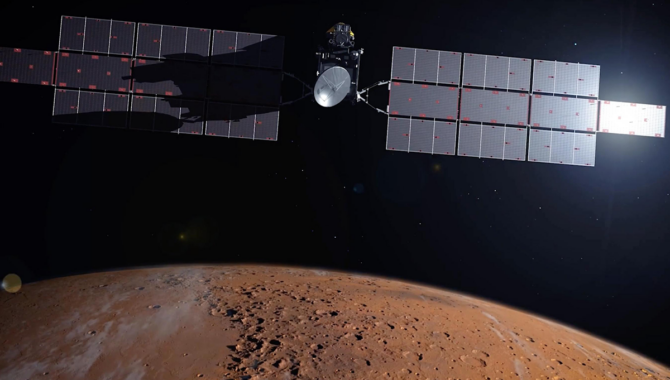
Sky Crane landing, commercial options are being considered to return samples from Mars to Earth.
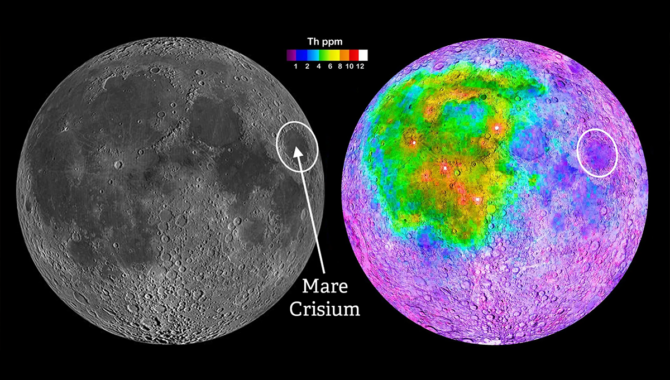
Third spaceflight in the program will carry a varied NASA payload of scientific instruments to the lunar surface.
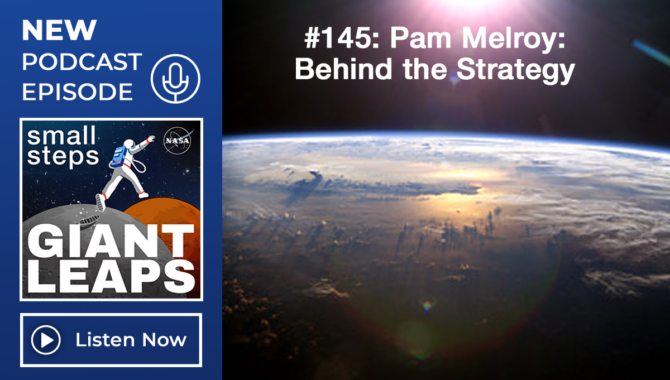
NASA Deputy Administrator Pam Melroy, who leaves NASA after many years of service, looks back on her career and shares her approach to designing the blueprints for key NASA exploration strategies during her tenure.
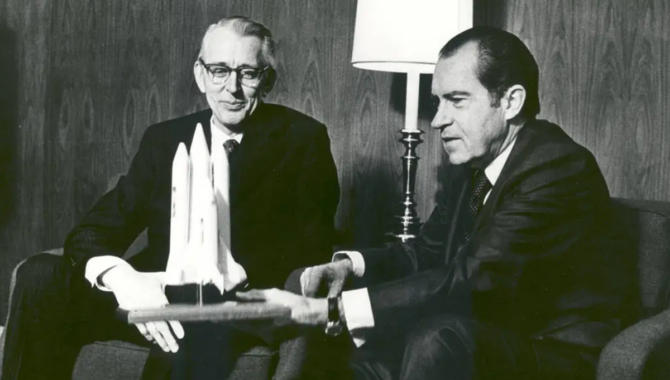
The nation chooses to reduce spending after Apollo, focusing on a versatile, reuseable spacecraft for low-Earth orbit.
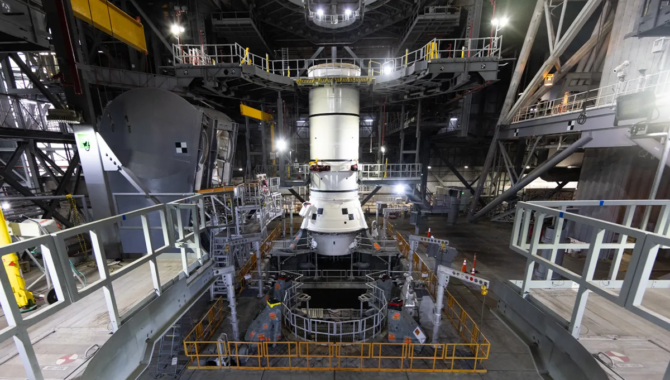
Investigation into Artemis I heatshield reveals link between material permeability and skip reentry maneuver.
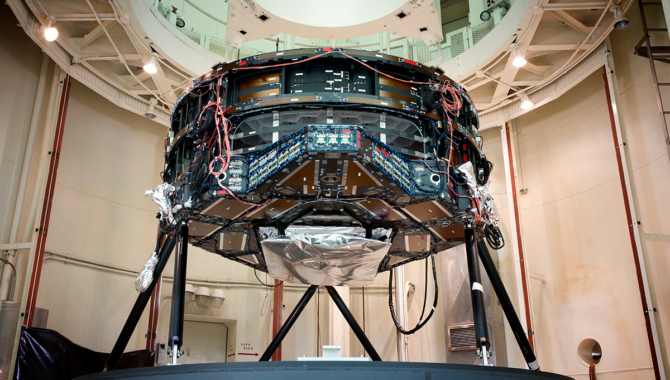
Podcast highlights the work of NASA’s technical workforce.
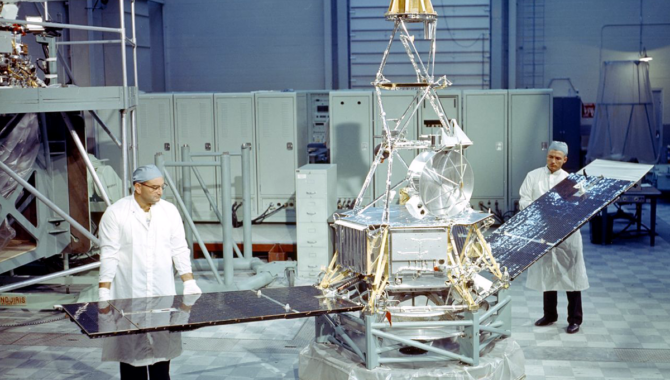
Team met technical challenges to gather first data from another planet.
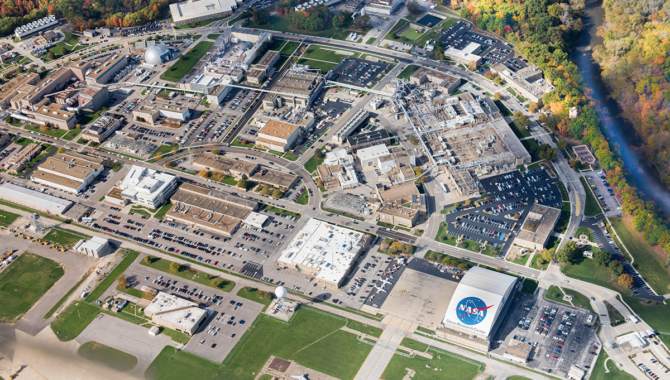
Nearly 200 gather to discuss key issues for technical workforce.